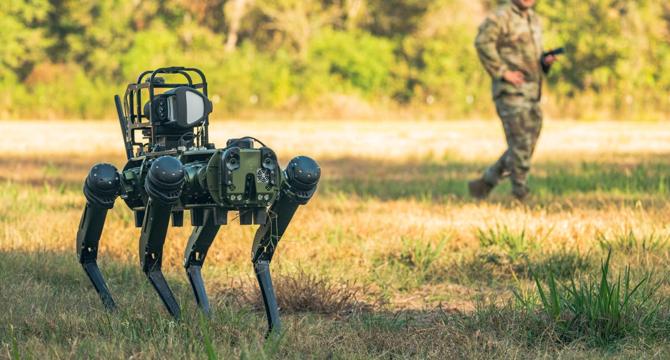Insider
4d
170

Image Credit: Insider
Weird robot dogs for future wars and more are showing up with guns, rocket launchers, and even flamethrowers
- Militaries around the world are increasingly turning to robot dogs for a variety of missions ranging from security patrol to combat.
- Some of these remote-controlled canines feature guns, rocket launchers, and flamethrowers and can fill a variety of jobs, from scouting to counter-drone roles.
- Various US military industry partners have been working on robot dogs in combat and support applications as quadrupedal unmanned systems can assist their human companions and complete functions that may be too dangerous or impossible for them.
- The Marine Corps has tested its systems with remote assault rifles and anti-armor rocket launchers. In some cases, these robots are designed specifically for counter-drone operations.
- The Army has said it envisions robot dogs as assisting soldiers with surveillance on the battlefield.
- Efforts to develop US military robot dogs heightened in 2020 when the Air Force began integrating robot dogs into an exercise securing an airfield against a simulated attack.
- Chinese state-run media showed off one of Beijing's robots in this space, prompting US lawmakers to raise concerns with the Pentagon on 'the threat of rifle-toting robot dogs used by China'.
- Russia, too, has been working on integrating robot dogs into its military, with its most prominent exhibition in 2022 during a Russian army trade show.
- Robot dogs have seen use on the battlefield, the first known combat deployment of these machines being in the Ukraine war.
- Built by British company Robot Alliance, the systems are capable of reconnaissance and attacking unsuspecting troops.
Read Full Article
10 Likes
For uninterrupted reading, download the app